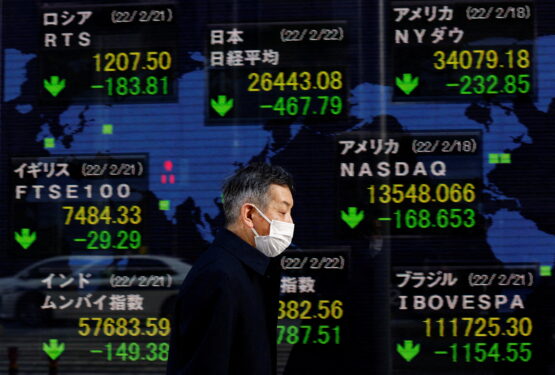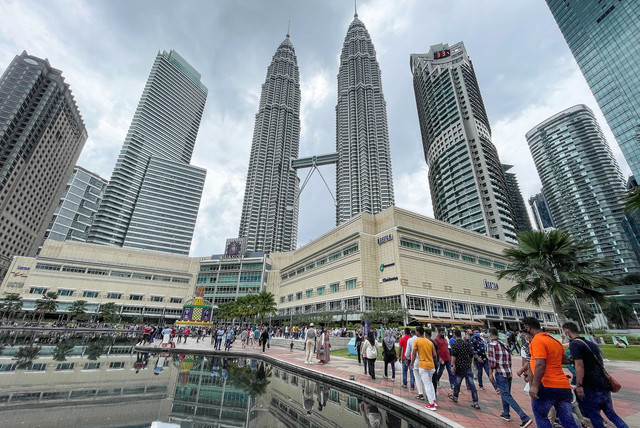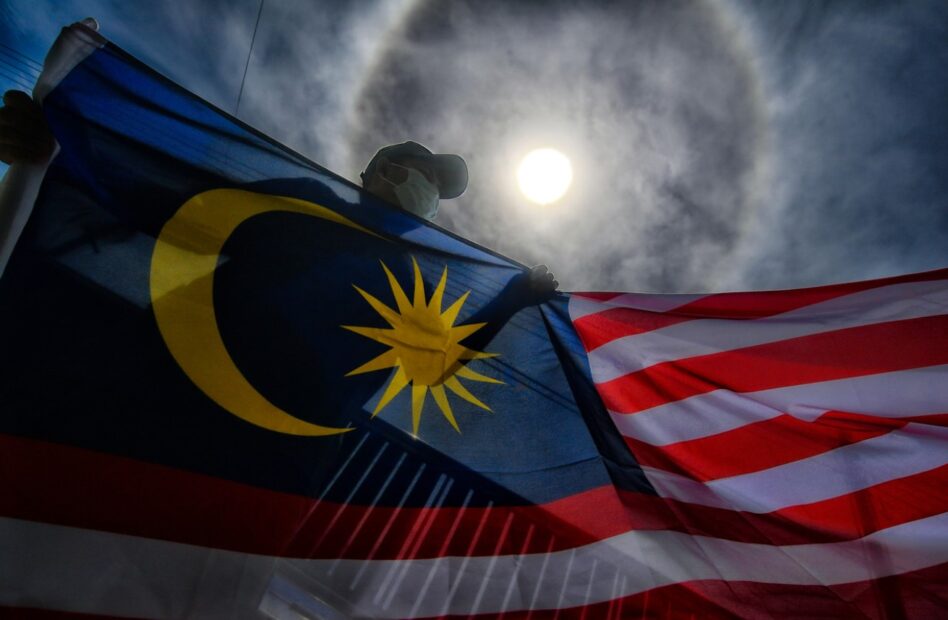KUALA Lumpur is now the 163rd most expensive location for expatriates in the world, having fallen six places in ECA’s Cost of Living Ranking.
This was one of the findings of the latest Cost of Living research published by ECA International, a provider of knowledge, information and software for the management and assignment of employees around the world.
“Petrol prices in KL saw a significant increase of 49% over the past 12 months. However, this was offset by lower costs for housing in areas popular amongst expatriate staff, which caused overall inflation rates in Malaysia to come in lower than many other locations,” said ECA International regional director (Asia) Lee Quane.
“Coupled with the weaker Malaysian ringgit against other major currencies, the relatively low rates of inflation caused the city’s rankings to drop.”
Weak currencies, slower economic recovery affect rankings
Many of Malaysia’s neighbours in Southeast Asia have also fallen in the rankings over the past 12 months, according to the survey.
In Thailand, a mix of currency weakness and relatively low rates of overall inflation have contributed to the decline of its cities in the global rankings, with Bangkok falling 13 places to 47th.
Similar trends were seen in other locations in Southeast Asia.
“While Laos and Myanmar experienced high rates of inflation (almost 10%) in the past 12 months, they still fell in our rankings as their currencies have weakened considerably,” Quane explained.
“Laos was struggling with both lower exports to China, and the affordability of its rising foreign debt. In the case of Myanmar, currency weakness was due to the economic paralysis which followed the coup in 2021.”
Meanwhile, Singapore’s position in ECA’s cost of living rankings remained unchanged from last year despite the city experiencing significant price rises in the past twelve months, with housing rental costs, utilities and petrol prices seeing noticeable growth.
“The fact that Singapore retained its ranking as the 13th most expensive location globally despite higher than-average inflation of 5%, which was fuelled by rising costs for rents, utilities and petrol, may come as a surprise to some,” said Quane.
“This was because the Singapore dollar has weakened against regional currencies, such as the yuan and the US dollar at the same time, mainly due to a sharp slowdown in manufacturing and exports during the latter part of our survey period.”
Strong local currencies push HK and cities across mainland China up the list
Elsewhere, Hong Kong remains the most expensive city worldwide, even though prices have risen less in the Special Administrative Region compared to other similar locations worldwide.
“Year-on-year price increases of 3%, as measured by our basket of goods and services, are higher than what we typically see in Hong Kong. However, the hike in prices is lower than the rates in similar cities both within the region and globally,” said Quane.
“Rather, it has been the strength of the Hong Kong dollar, which is pegged to the US dollar, in the past year, which enabled the city to maintain its position as the most expensive location worldwide as other currencies have weakened.”
In mainland China, many other locations have continued to rise in the rankings, with four cities now included in the 15 most expensive cities globally. Shanghai is also now the third most expensive city in Asia, after Hong Kong and Tokyo.
“A majority of the mainland Chinese cities in our rankings have higher rates of inflation than what we are used to seeing, but they are still lower than other locations in Asia,” Quane said.
“As in the case of Hong Kong, the main reason for their rise in the rankings has been the continued strength of the Chinese yuan against other major currencies, due to China’s relatively strong economic performance during the survey period.”
A similar trend was seen in Taiwan, with all surveyed cities rising in the rankings owing largely to the continued strength of the Taiwan dollar against other currencies.
On the other hand, Japanese locations have all dropped in the latest rankings as the yen weakened due to unexpectedly higher inflation, alongside negative interest rates. Tokyo, in particular, has fallen three places to fifth in the global rankings.

Global highlights
Meanwhile, most locations within the European Union (EU) have been seeing drops in ranking after an unsteady period for the euro, with Paris falling out of the global top 30.
Cities such as Madrid, Brussels, and Rome have fallen in ranking as well.
“Nearly every major eurozone city saw a drop in rankings this year as the euro performed worse in the last 12 months than the US dollar and British pound,” Quane said.
“The euro’s weakness was mainly caused by market expectations of the European Central Bank to raise its interest rates more slowly than its peers.”
In Russia, Moscow is down one place to 62nd in the rankings, while St Petersburg maintained its position at 147th.
“At the time of the survey, the Russian ruble had plunged in value as economic sanctions against Russia for its invasion of Ukraine shook confidence in the economy,” Quane noted.
“The sanctions and weaker currency helped push up inflation, which counteracted the exchange rate losses, leaving the country stable in the overall ranking.” – June 8, 2022









